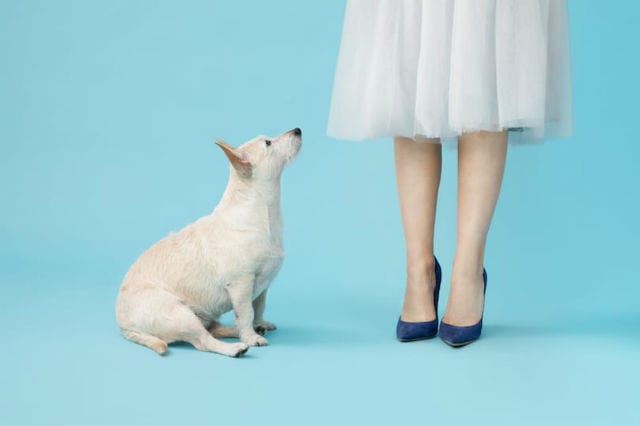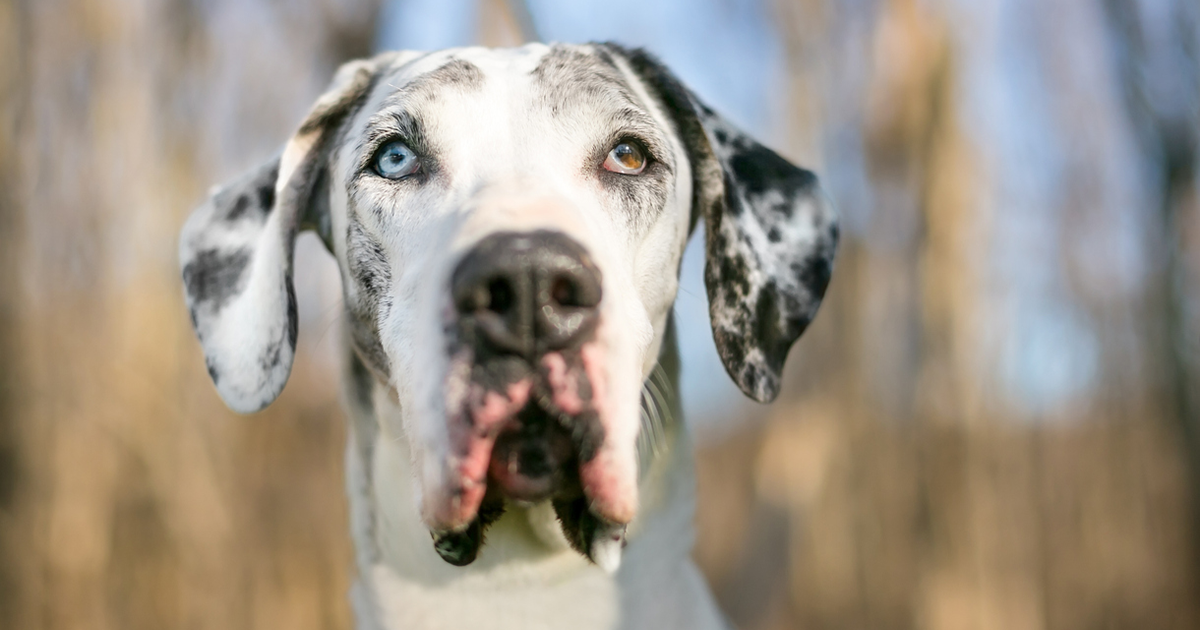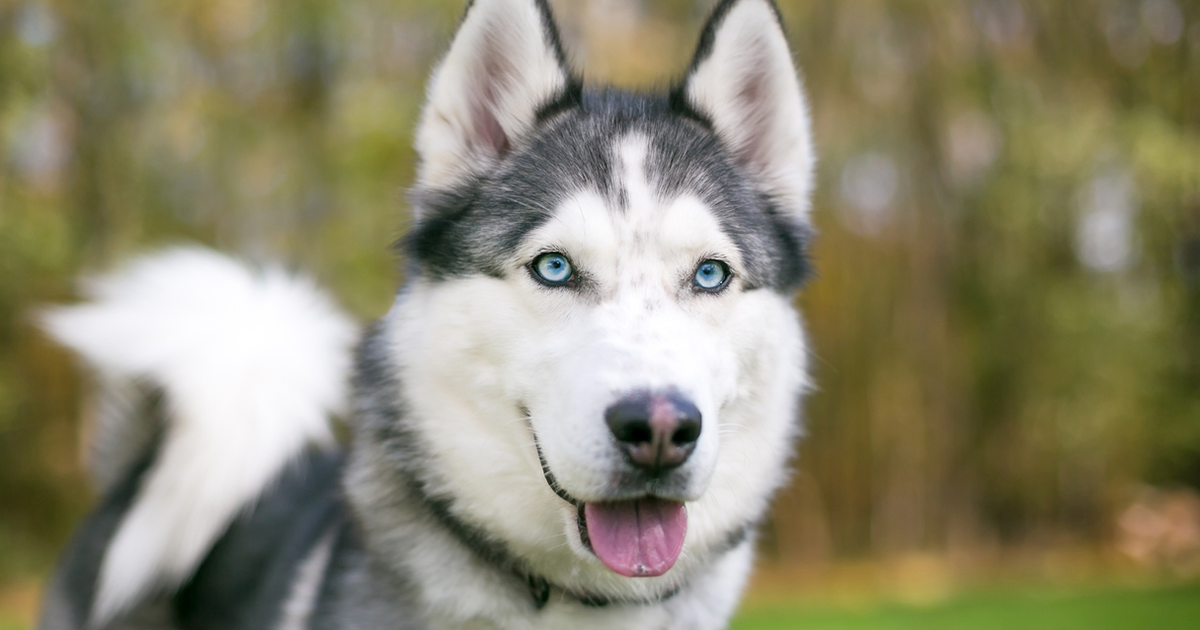We love dogs because they make for a great shoulder to lean on. They make for great pals through the good times and bad. We do enjoy having personal companions, however, there are pups that have an opportunity to make a difference in the world. These dogs can help those in hospitals, retirement homes, schools, or areas that have recently undergone tragedy.
Owners and pets volunteer their time to spread a little joy to those who need it. More places are opening up to the concept of therapy dogs and with more opportunities to go out and help, there is more need for dogs to put themselves to work! This begs the question if your dog is the right fit for the job.
Therapy Dog vs. Service Dog
Despite a common misconception, service dogs and therapy dogs are not interchangeable titles. A service dog is specifically assigned and trained to assist a person or persons with special needs while a therapy dog is to aid people in a more emotionally supportive way.
Service dogs provide specific help with a disability which allows them special privileges such as being in restaurants and going on commercial flights. Dogs certified as therapy dogs do not have the same level of access. Service dogs are admitted into spaces to serve their owners who rely on them.
A big difference comes in how your approach these dutiful dogs. Therapy dogs are trained to interact with multiple people to provide comfort but you should not disturb a service dog on duty with outward distractions. Both dogs are working hard but they have different jobs! Those who are unsure can check in with their owners for permission to proceed or notification to stop.
Trying to pass off a dog that is not a service dog as one is not only incredibly dishonest but is, in fact, illegal in certain states. Service dogs work hard to train for their job to assist their owner and it is a disservice to them and those who spent time working with them.


Where To Start
Ideally, if you have a puppy that you want to be trained as a therapy dog, you want to instill traits as early as possible. The American Kennel Club has a therapy dog program specific to puppies. Of course, if your dog doesn’t quite fit the category of a puppy anymore, these are things that can be worked on. There is no age limit on being a therapy dog! Socializing with other animals, humans, and environments is vital to ensure they can be well-behaved be around mixed company.
Get your dog accommodated to other surroundings and people as early and as frequently as possible. This lays important groundwork for your dog to support strangers who may need the boost. You don’t want your dog to be uncomfortable when exploring these new areas as they will wear it on their faces. Having your pup be excited about venturing into these locations can be fun for both of you!
Keep In Control
Understanding commands that imbue a sense of self-control should be in every therapy dog’s toolbelt. Knowing how to sit, stay, come, leave it and how to not jump on people are qualities needed while volunteering as a therapy dog. Being responsive quickly when around new individuals is imperative.
Getting pet sounds like every dog’s dream but more skittish dogs won’t enjoy the attention and will react negatively. Therefore, a demeanor as if they were being groomed is a goal; sitting still and attentive.
Reinforcing training habits with treats help flesh out these behaviors. Being encouraging when these commands are done properly also help gain a grasp too! Fortifying that good actions receive good rewards prepare them for a therapy dog space.


Taming Temperament
Dogs are expressive creatures! This ranges from barking at every movement or having a tucked tail around people they aren’t familiar with. A therapy dog gives a sense of peace for those they assist, harder to do in circumstances where the dog is unsure of itself or having a passionate moment. We’re not saying that dogs are not welcome to communicate their feelings, it’s that dogs that volunteer milder in their manner to best offer relief.
A resilience to sudden sounds and movements are important as well. You won’t have control of every single variable while out in these spaces volunteering. You have to ensure that your dog will remain calm, despite any noises or motion that may come abound.
A relaxed dog is the model therapy dog; taking in foreign smells, sights, and sounds in stride. Condition your dog by distracting them when loud noises happen, like having them focus on other activities help build fortitude. Using treats for positive reinforcement on a job well done. Circumstances with distractions are inevitable, you need a dog that can handle that without being frenzied.
Getting the Cred
After getting a handle on the training, the next step can be to take the Canine Good Citizen Test. This is a requirement for some therapy programs. From there, reach out to local facilities that have programs for therapy dogs where you would like to volunteer. Figure out their requirements and find an application through their volunteer coordinator as to set you and your dog up for success.
If you’re having trouble finding local places near you with these programs, reach out to your local American Kennel Club for more information! They can certainly point you in the right direction.
The American Kennel Club has places to register your dog as a therapy dog here. These organizations recognize AKC Therapy Dog Titles, earned through therapy dog visits. Next, get your dog ready for the big day as they will have to put those skills to test. The tester will examine your pup; how they navigate crowds, react to startling noises, be open to polite pets, walking on loose leash and more.
Beyond having the correct obedience training and passing the tests, you have to ensure that your dog is up to date on all shots and preventative medication. While traversing spaces where being healthy is critical, your vet needs to sign off on your dog’s bill of health. Especially spaces with these types of programs, encountering other animals is a possibility. For this reason, being properly vaccinated is what is safe for everyone participating.
One final exam awaits after this. With that done, you and your pup are now a certified therapy team! At this point, you’ve both worked hard for this. Now it is time to go make a difference!
Where To Go
Programs that you are passionate about are perfect places to start when looking for places to help out. Therapy dogs help alleviate anxiety, lower blood pressure and help regulate heart rates.
Schools, where students are overwhelmed by their workload, can greatly benefit. Dogs stimulate problem-solving skills and socialization. Bringing therapy dogs into settings, like retirement homes, where people don’t get to mingle with others lift morale in residents.
In unfortunate situations, disasters take place and can have a damaging ripple effect on those left to cope. Therapy dogs (also known as Distaster Distress Relief Dogs in these situations) offer consolation and kindness. Having a dog to hold, to scratch or to just lean on can be a source of alleviation.
Therapy dogs can also dispell a sense a restlessness and lift spirits, comforting those in hospitals in need of some optimism. Having a positive outlook is essential in any recovery process, something that can be accomplished in a therapy team visit.


Knowing If It’s Right For Your Pup
Not all dogs have the attributes discussed and, above all, that is okay! This doesn’t make your dog any less special or important. There are dogs that are unable to calmly handle the strange new places. Or simply are uncomfortable with contact with too many strangers, even dogs that can’t help but greet you with their paws on your stomach! The fun in dogs is that they have such eclectic personalities. Not every personality is designed to help in that particular way.
Dogs that don’t make good therapy candidates can still affect change. There are other ways that your dog can help you and the community! For the more rambunctious furballs, look into doing canine charity runs. It’s an awesome way to put that extra energy to good use for the dog that can’t seem to sit still.
For healthy pups, ask your vet how you can donate your dog’s blood to a blood bank. Having these banks assist in major surgeries that require blood transfusion and can save a fellow pooch’s life. The procedure is quick and painless and really pays it forward in the pet community.
Your dog can still be an emotional support animal if they better support you as an individual. They do follow similar guidelines of a therapy dog. For instance, they cannot be taken into public spaces dogs aren’t allowed. With this said, they can still lend a supportive paw. Consult your therapist, psychiatrist or another certified mental health professional. Together, you can discuss your options regarding emotional support animals.






